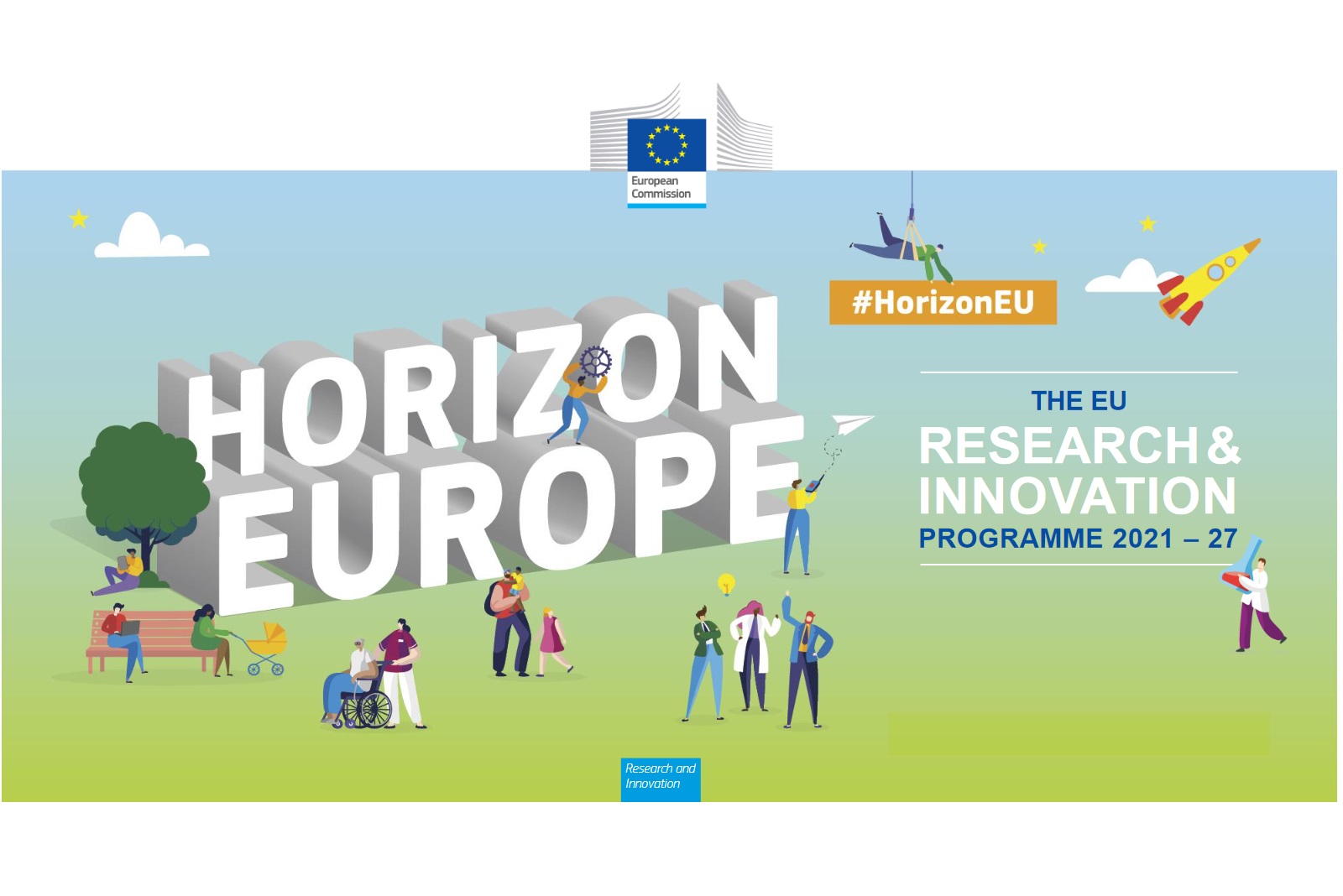
Integration and harmonisation of closed independent logistics networks and of clusters of networks (e.g. from different logistics service providers or different cargo owners) providing open and shared services to manufacturers and retailers focussing on intra-European flows, would enable to optimise freight flows at system level, thus overcoming operational inefficiencies (e.g. peak overloads, partially loaded or empty transportation, sub-optimal transit routing, waiting times, higher overall costs, inefficient asset utilisation, increased emissions) and driving climate neutrality in logistics.
Projects will have to advance the adoption of technological solutions and organisational and behavioural models in use cases and applications under the leadership of logistics operators taking into account stakeholders’ preferences.
In pilot actions, two or more logistics providers or shippers’ logistics networks should develop and demonstrate a systemic framework for connecting effectively their independent logistics networks (at least partially) pooling the demand of various cargo owners and develop a system of logistics networks in which assets and services, including synchro-modal services, are shared and flows are managed in a consolidated way demonstrating potential benefits. Proposals should address all the following points and subpoints:
- Develop and demonstrate a robust and transparent collaborative framework with guiding principles to ensure operational connectivity of logistics networks (e.g. services, shared resources and assets, information and financial flows, etc.) under the lead of logistics providers and addressing governance and potential anti-competition law issues. Current independent closed networks gradually are expected to become connected networks with shared and open capabilities, including intermodal transport solutions in specific demonstrators.
- Through the pilot cases and demonstrators:
- Identify and demonstrate potential gains of these logistics networks / systems of logistics networks compared to independent logistics networks in terms of emissions and energy consumption reduction and potential business models for uptake beyond the project duration.
- Identify main barriers and opportunities to achieve a system of logistics networks, propose solutions and pilot them to deliver guidelines for expansion and implementation.
- Address governance aspects (e.g. how to organise and expand the logistic network with other logistics networks willing to join or how to legally engage with users of these shared logistics networks services and capabilities) and propose actions to accelerate organic and jointly acceptable growth of these logistics networks.
- Identify innovative business models addressing also revenue sharing.
- Identify and assess existing regulation (e.g. anti-competition) preventing or the need for new regulation to enable this shared and holistic approach, by building on the results and outcomes of previous and ongoing projects and activities180. Develop guidelines to address specific concerns and propose specific recommendations that should be considered.
- Identify and assess the main drivers and barriers towards horizontal collaboration in terms of organisational cultures and frameworks of the logistics service providers and the transport operators. Propose solutions to overcome the barriers and recommendations on how to create the best conditions (success factors) to boost new logistics collaborations, maintain them and reap their benefits.
Social innovation is recommended when the solution is at the socio-technical interface and requires social change, new social practices, social ownership or market uptake.
180 E.g. Digital Transport and Logistics Forum www.dtlf.eu,, Collaboration Concepts for Co-modality (CO3) http://www.co3-project.eu/., NexTrust

